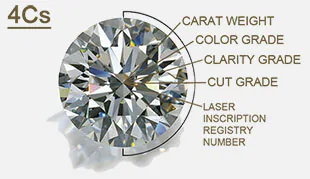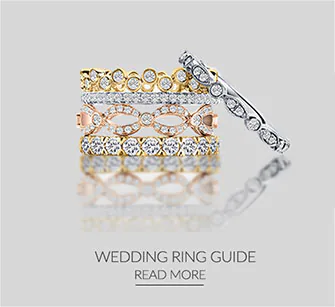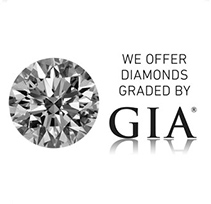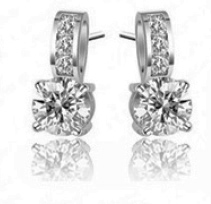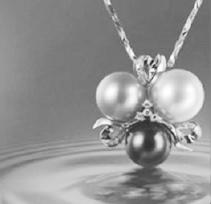RINGS
EDUCATION
Thousands of couples around the world have trusted us with their most important moments. With the largest selection of diamonds and meticulously designed, handcrafted rings, were here to help you find your way to the perfect ring.
DIAMOND
EDUCATION
For most people, buying a diamond is a new experience, but that doesn't mean it should be overwhelming. Understanding a diamond's quality characteristics is straightforward and simple.
Our diamond education is designed to answer all your questions. In just a few minutes you'll know everything you need to know to find your perfect diamond.
JEWELLERY
EDUCATION
it is our mission to take the mystery out of your purchase by offering only the finest quality fine jewellery available, along with expert guidance and education. Our jewellery is crafted with superior materials and inspected against exceptional quality standards.
PEARL
EDUCATION
Use this guide to find the pearl that is right for you by educating yourself on the quality and value of the cultured pearls that we offer.
GEMSTONE
EDUCATION
Gemstones and rare minerals can evoke strong emotions and spur intrigue. While most loose gemstones and minerals are purchased for ornamental jewellery purposes, others are possessed for their fascinating attributes. Natural gemstones and minerals add sparkle to our lives and invigorate our soul with the earth's natural beauty.

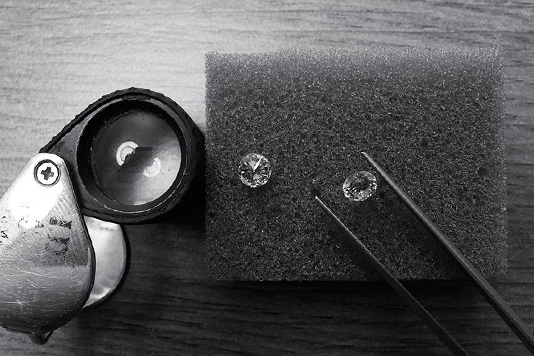
COLOURED DIAMONDS
Only one in every 10,000 diamonds possesses natural colour and is referred to as a coloured diamond. For this reason, coloured diamonds are purchased almost exclusively for the intensity and distribution of the diamond's colour. Criteria considered when purchasing a white or colourless diamond, such as cut proportions and clarity, are less important when purchasing a coloured diamond. The information below will help you understand coloured diamonds to determine the diamond that's right for you.
Colour
Colour intensity, the deepness or richness of colour, is the most important consideration when purchasing a coloured diamond. The more intense the colour, the rarer and more valuable the diamond will be. All of our coloured diamonds possess natural colour and are never exposed to artificial coloring techniques such as dyeing or irradiation.
Carat
After colour grade, carat weight has the most impact on price for coloured diamonds. When diamonds are mined, large gems are discovered much less frequently than small ones. This makes large diamonds much more valuable. For this reason, diamond prices for coloured diamonds rise exponentially with carat weight. Learn more about carat weight in our Diamond Education section.
Clarity
Due to the nature of coloured diamonds, clarity is less important than it is in their colourless counterparts. This is true because inclusions tend to be masked by the diamond's colour.
Cut
Coloured diamonds are primarily cut to emphasise their colour. This contrasts with colourless diamonds that are cut to maximise sparkle or brilliance, which in some instances can detract from the natural colour of a coloured diamond. While coloured diamonds still exhibit brilliance, colour is the most important characteristic considered when they are being cut.
Shape
While cut describes a diamond's light performance, dimensions and finish; shape refers to the overall outline of the diamond when viewed from the top (e.g. round, princess or marquise). It's important to note that many coloured diamonds are cut into non-traditional shapes to enhance their natural colour. Due to the rarity of coloured diamonds, a specific shape in a specific colour may not be available at any given time. If you're seeking specific criteria in a coloured diamond, please call our Diamond and Jewellery Consultants at +65 68203338 for more information.
Setting Coloured Diamonds
When choosing a setting for a coloured diamond, it is best to choose a setting material that will enhance the natural colour of your diamond. For example, yellow diamonds are often set in yellow gold, while pink diamonds look best when set in rose gold.










